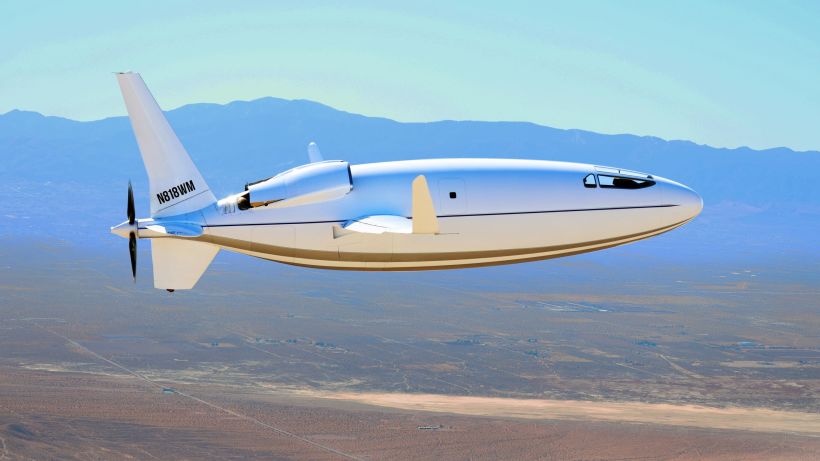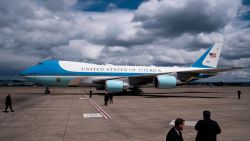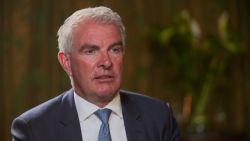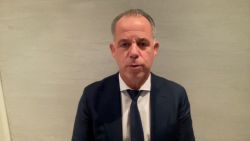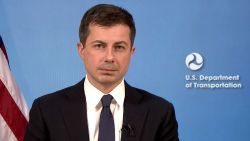Editor’s Note: Rosabeth Moss Kanter is the Arbuckle Professor at Harvard Business School. Her new book, to be published January 28, is Think Outside the Building: How Advanced Leaders Can Change the World One Smart Innovation at a Time. Follow her on Twitter @RosabethKanter. The opinions expressed in this commentary are her own.

Boeing faces massive headwinds as it tries to gain back the trust of consumers, regulators, employees and investors after two crashes of its 737 MAX planes, traced in part to defective flight software, have kept the planes grounded.
Attempts to contain the damage are already a failure. Employee emails appear to show a culture of negligence and inattention to worker concerns (Boeing has said that the communications “do not reflect the company we are and need to be, and they are completely unacceptable”). Fired CEO Dennis Muilenburg is leaving with assets worth about $80 million while 2,800 people who work for Boeing’s largest supplier, Spirit AeroSystems, will be laid off. Despite new CEO David Calhoun’s good career track record, he is a board insider — the same board that sat by while revelations leaked, problems mounted and false promises were made about when the MAX would return to service.
After safety failures, how does Boeing prove that it won’t happen again, that next time will be different? Boeing faces the Humpty Dumpty problem — once the egg falls off the wall and breaks, even limitless resources can’t put it together again. It will take years before Boeing isn’t greeted with lingering suspicion. What people will look at is Boeing’s culture.
Boeing has faced scandals before. The firing of Harry Stonecipher for an affair with a subordinate was named by TIME magazine in 2010 as one of the top 10 CEO scandals. But this time the issue is not individual malfeasance; it is systemic. Boeing insiders can’t claim that this is an anomaly, saying that Boeing’s culture isn’t like that. Clearly the culture is “like that.” Over-promising and under-delivering plagued Boeing’s Dreamliner plane several years ago.
My studies of numerous turnarounds provide a flight plan for Boeing to fix its culture. Boeing’s new CEO and leadership team must root out arrogance and approach stakeholders with humility and a listening stance. These include government regulators, elected officials, investors, pilot and flight attendant unions, suppliers, maintenance workers, the airlines themselves, and, of course, passengers.
More Perspectives on Management & Leadership
But first, they must focus on the employees. A turnaround can’t get off the ground without high employee engagement. If the workers who design, build and test the planes don’t stand behind the company, no one else will.
The 2019 Edelman Trust Barometer shows a growing gap between elites and those of lower rank. Elites generally think things are better than average workers do. If that’s true across the board, imagine how much worse it is for Boeing, as the negative employee emails show. A turnaround CEO should roll up his sleeves, mingle with the masses and perhaps join them for a day or two of assembly work, to see what life is like in the rest of the company. He must communicate early, honestly and often. And he must constantly make clear to employees that their friends and family are the ones they are working for.
To earn back employees’ trust, leaders must first ensure that employees don’t feel like helpless victims blamed for shoddy performance. They need opportunities to enlist in change efforts. Boeing board member Larry Kellner knows this well. He was Gordon Bethune’s lieutenant during a famous turnaround of Continental Airlines, before its merger with United. A hallmark of that success was small bonuses to hourly employees for initiatives that could contribute to moving key metrics. This effort not only found numerous improvements; it increased employee pride in their work and confidence in the company.
New voices in management can help. New leaders are less likely to engage in self-justifying behavior that defends past actions. When the CEO and C-suite executives come from the old guard, everyone wonders whether they will bring more of the same. In successful turnarounds, CEOs find competent, courageous people a few levels below who can be elevated to leadership roles and populate interdepartmental task forces addressing issues requiring innovative thinking. For Boeing, the right management changes can help it regain the pilot mindset that made it a great engineering company.
Operational cost-cutting might be in order, but in successful turnarounds, the best trimming is to get rid of management layers. Cuts in engineering or manufacturing would only exacerbate Boeing’s problems by fueling employee fears, reducing their motivation to contribute solutions, and making stakeholders wonder whether enough staffing is in place for full accountability. Some analysts argue that Boeing should instead cut its losses on the MAX and work on something entirely different. Investment in a new generation of planes using low-carbon energy sources could excite imagination and open up new runways. But innovation, too, requires fixing Boeing’s culture. And investors would have to feel confident that Boeing can deliver on its promises, reliably and with excellence.
Trust is a human issue. When stakeholders decide whether to trust Boeing with their money, reputations or lives, they are weighing history against mere promises. The new CEO must set the tone for putting people first in every leadership action he takes.

